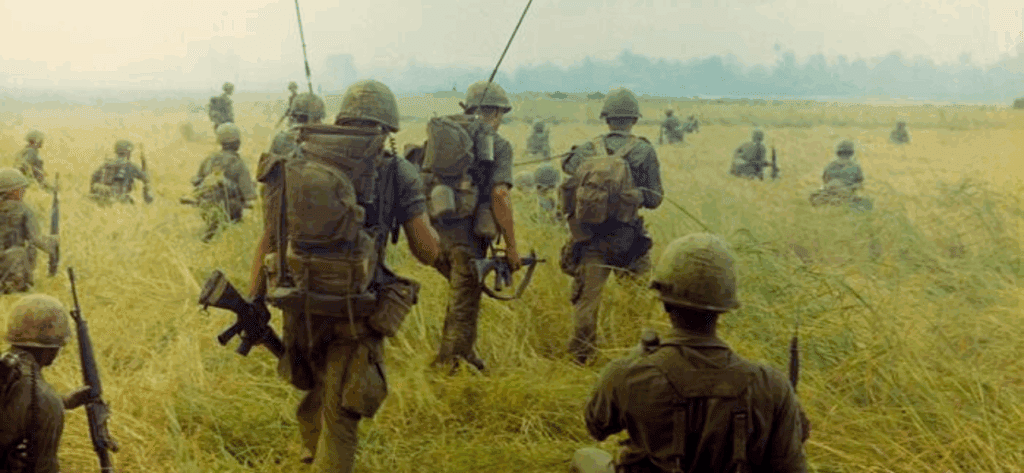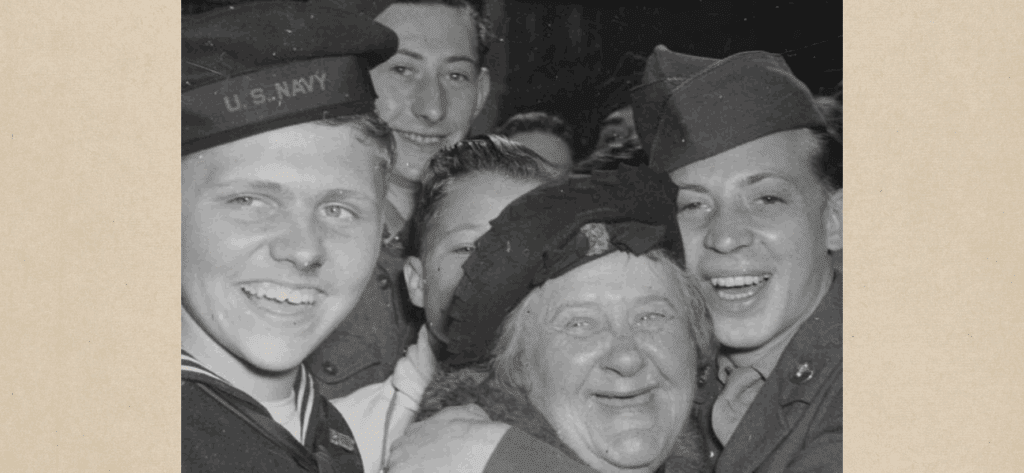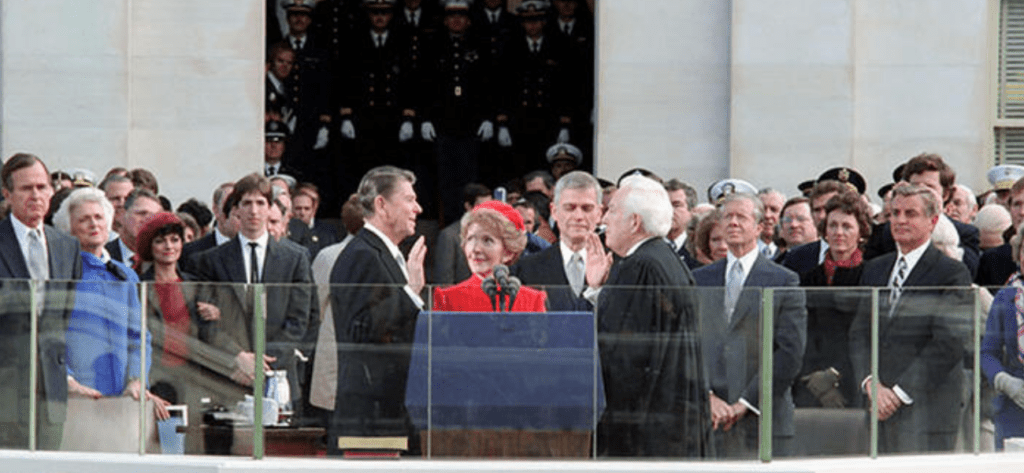“A bottle which a person could recognize even if they felt it in the dark”
–Coca-Cola Company, 1915
Today the Coca-Cola bottle is one of the most recognizable containers in the world, but a century ago nearly all soda bottles looked the same. To distinguish its product from competitors, the Coca-Cola Company launched a competition among glassmakers in 1915 to design a new bottle that was distinctive in both look and feel.
The winning design, patented by the Root Glass Company of Terre Haute, Indiana, sought inspiration from two Coca-Cola ingredients: the coca leaf and kola nut. However, the bottle’s fluted contour shape was mistakenly modeled after the cacao pod, the main ingredient in chocolate.
The Coca-Cola Company adopted the Root Glass Company’s bottle design in 1916, but the original prototype was never manufactured because it was top-heavy and unstable. The first commercial “Coke” bottles debuted with a wider base and slimmed-down, contoured shape.

This document was on display in the West Rotunda Gallery of the National Archives in Washington, DC, June 4 through July 29, 2015 and in the East Rotunda Gallery October 29 through December 2, 2015.
The National Archives Museum’s “Featured Document” exhibit is made possible in part by the National Archives Foundation through the generous support of The Coca-Cola Company.




